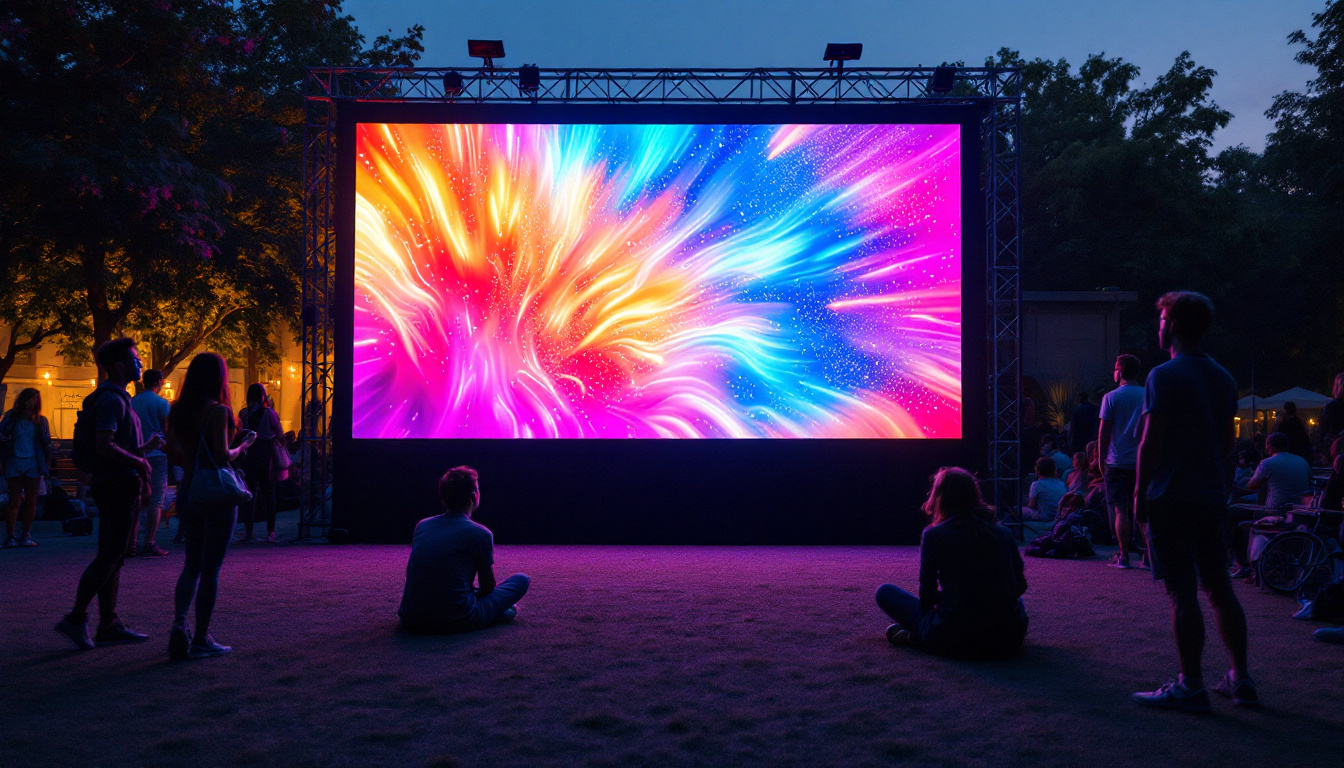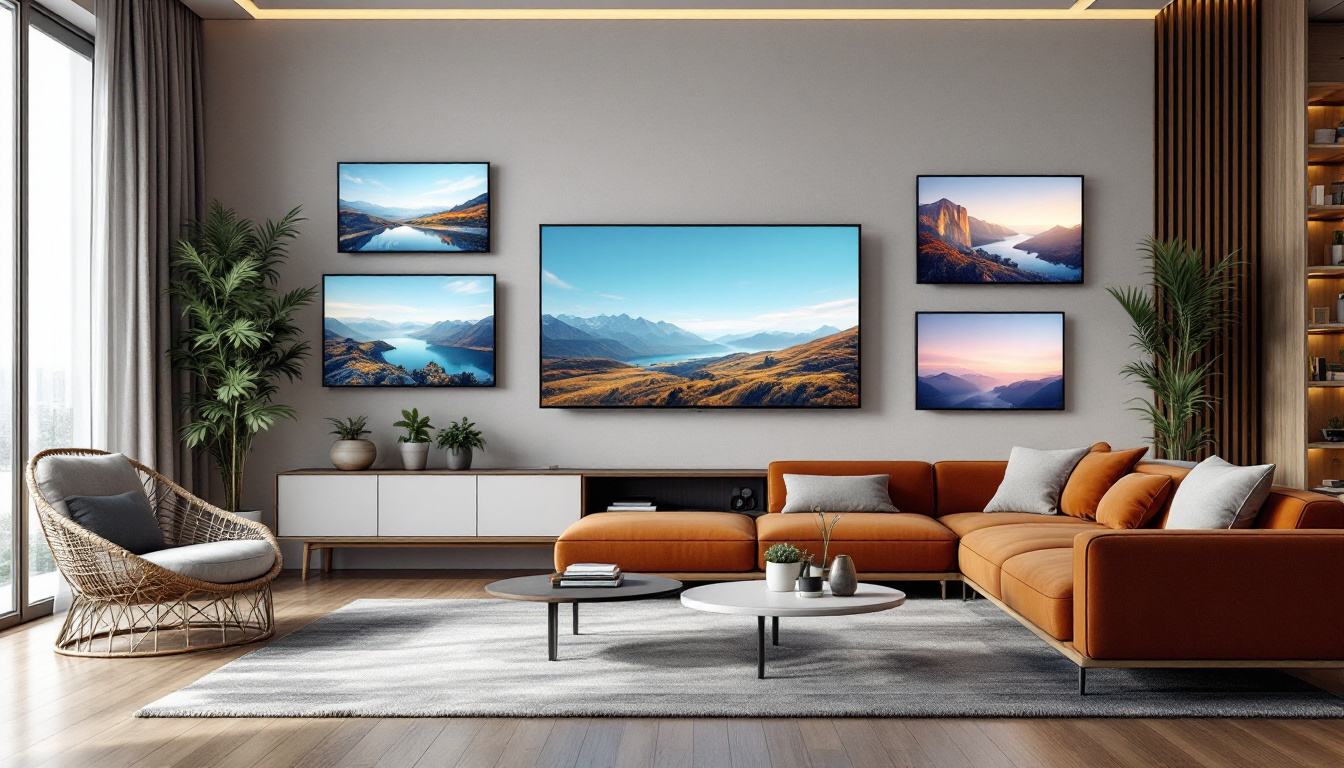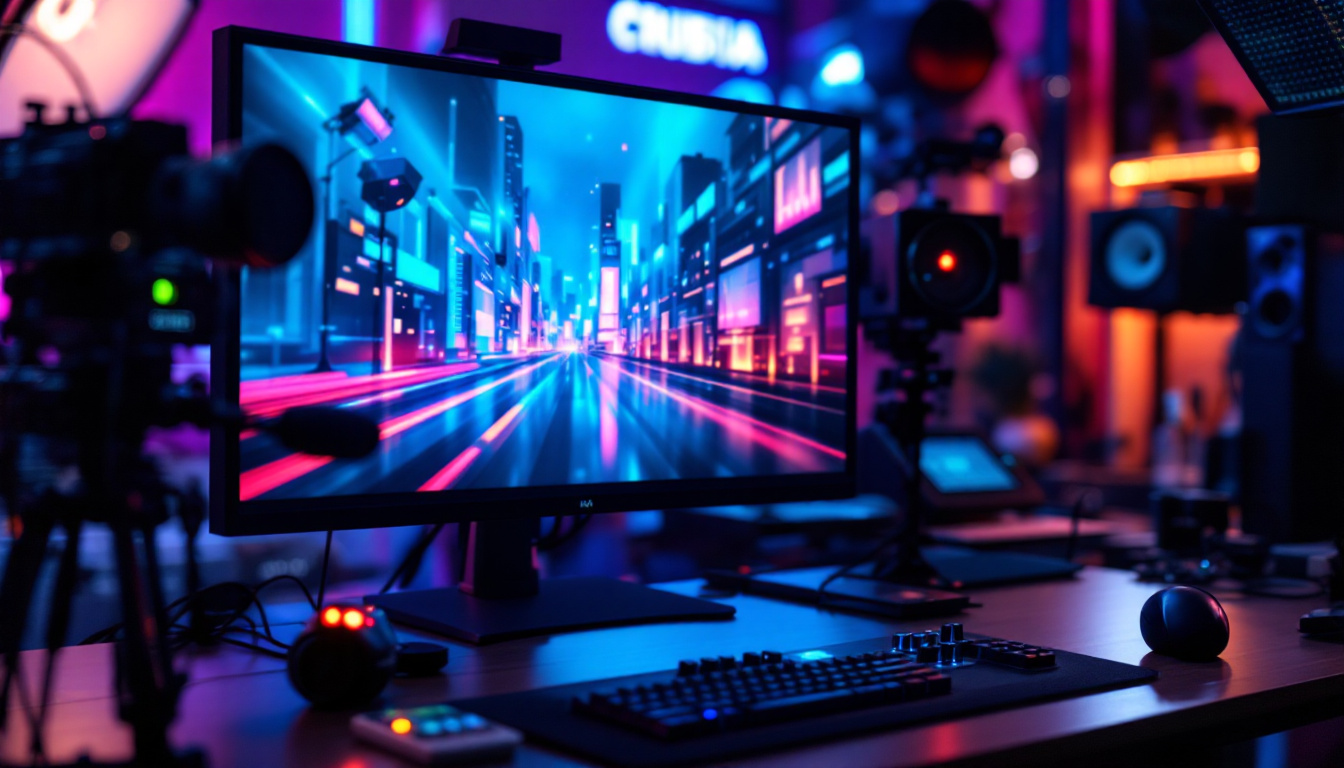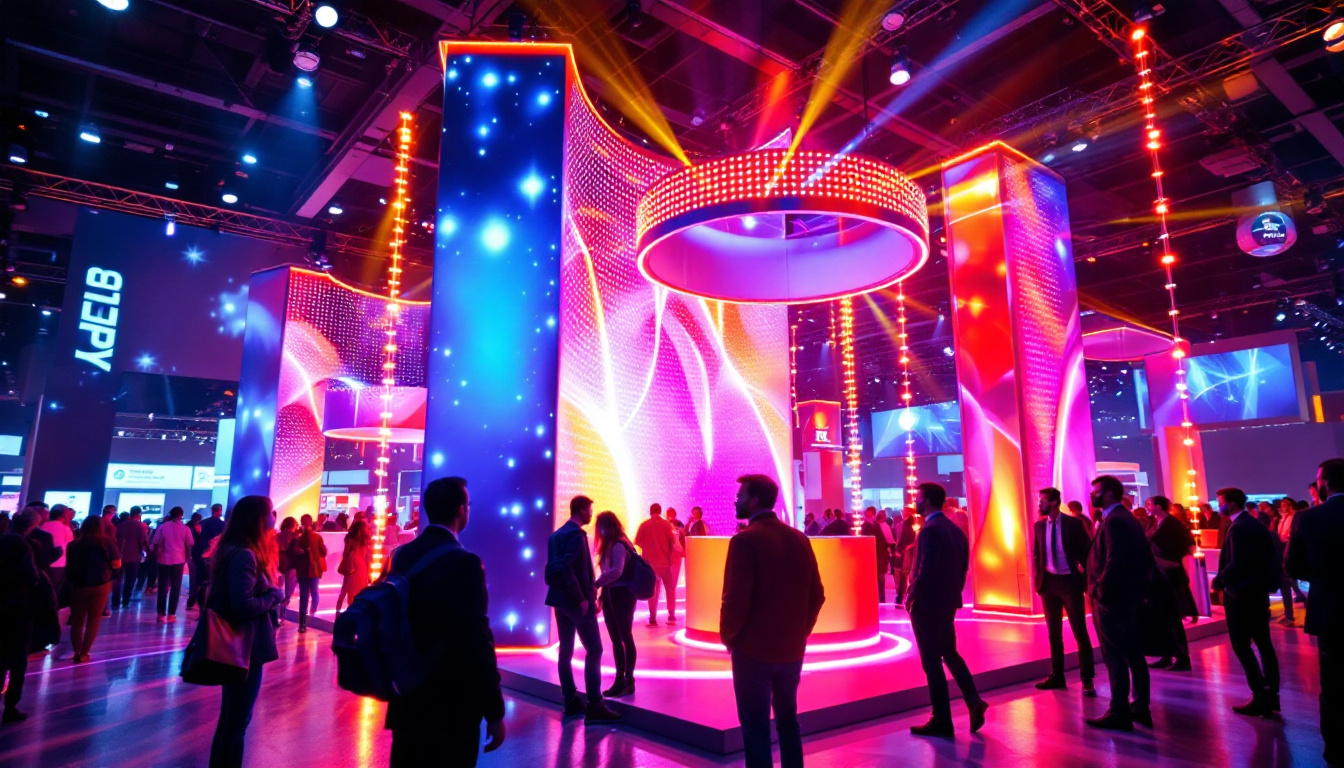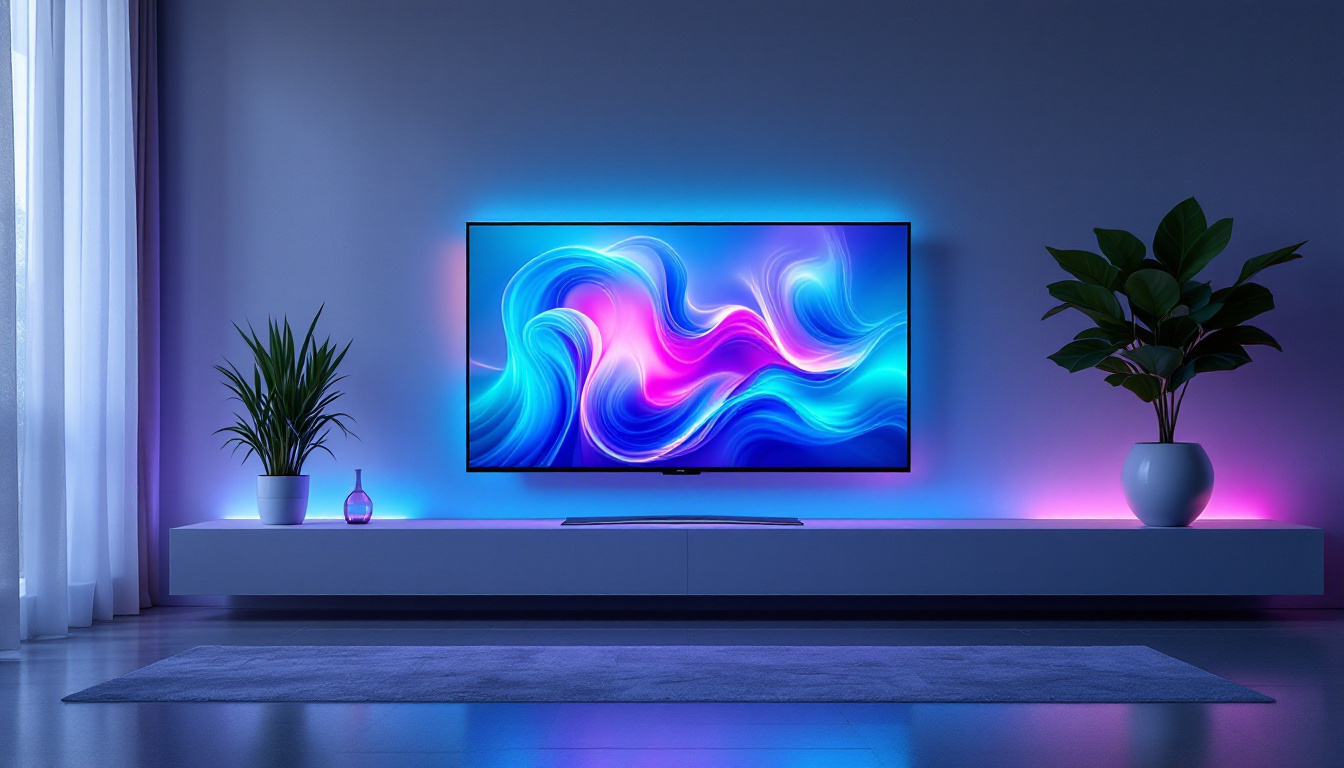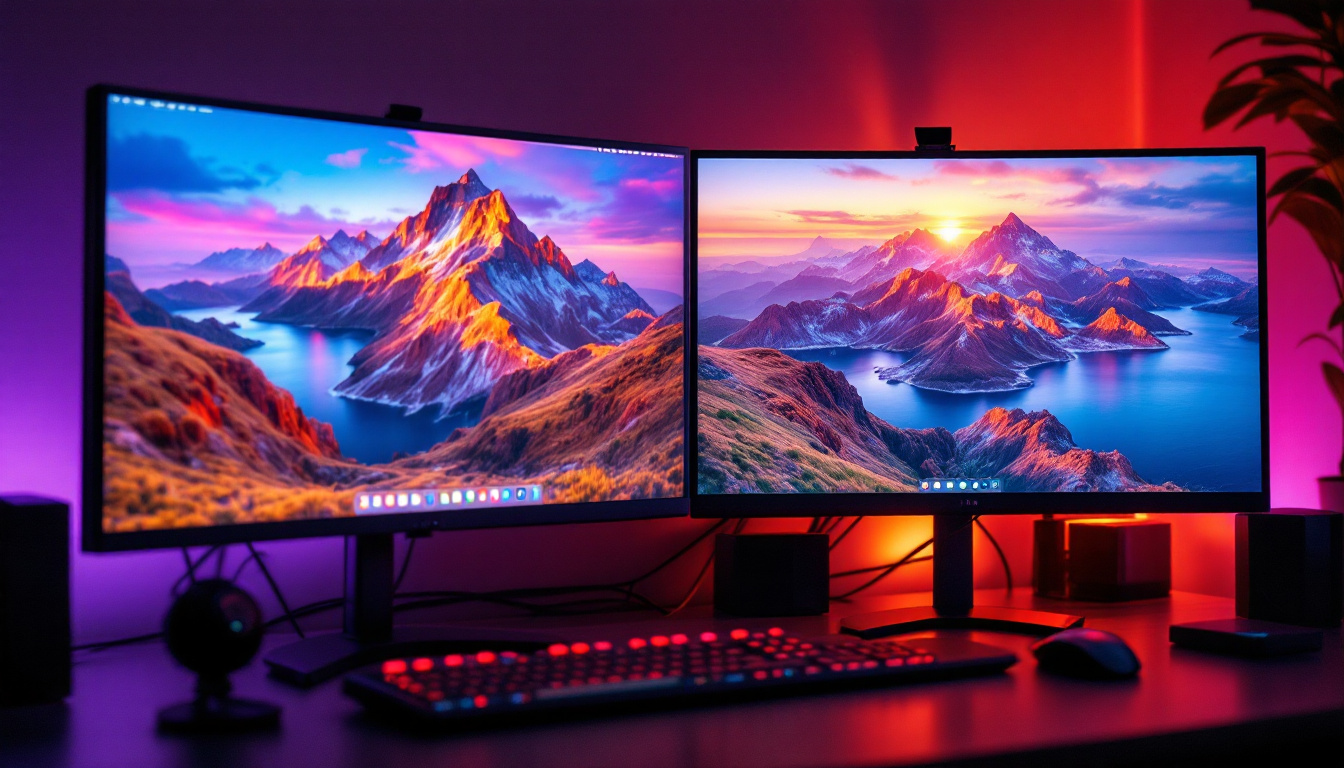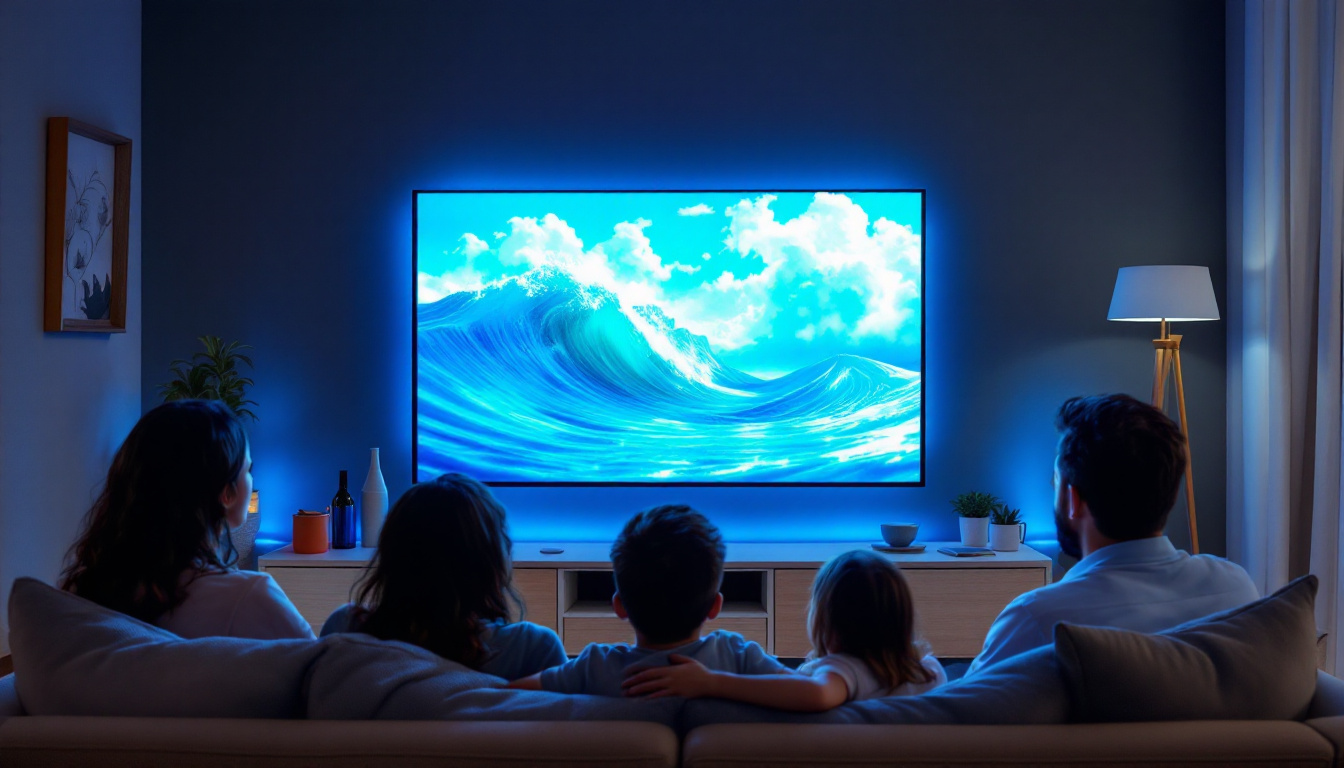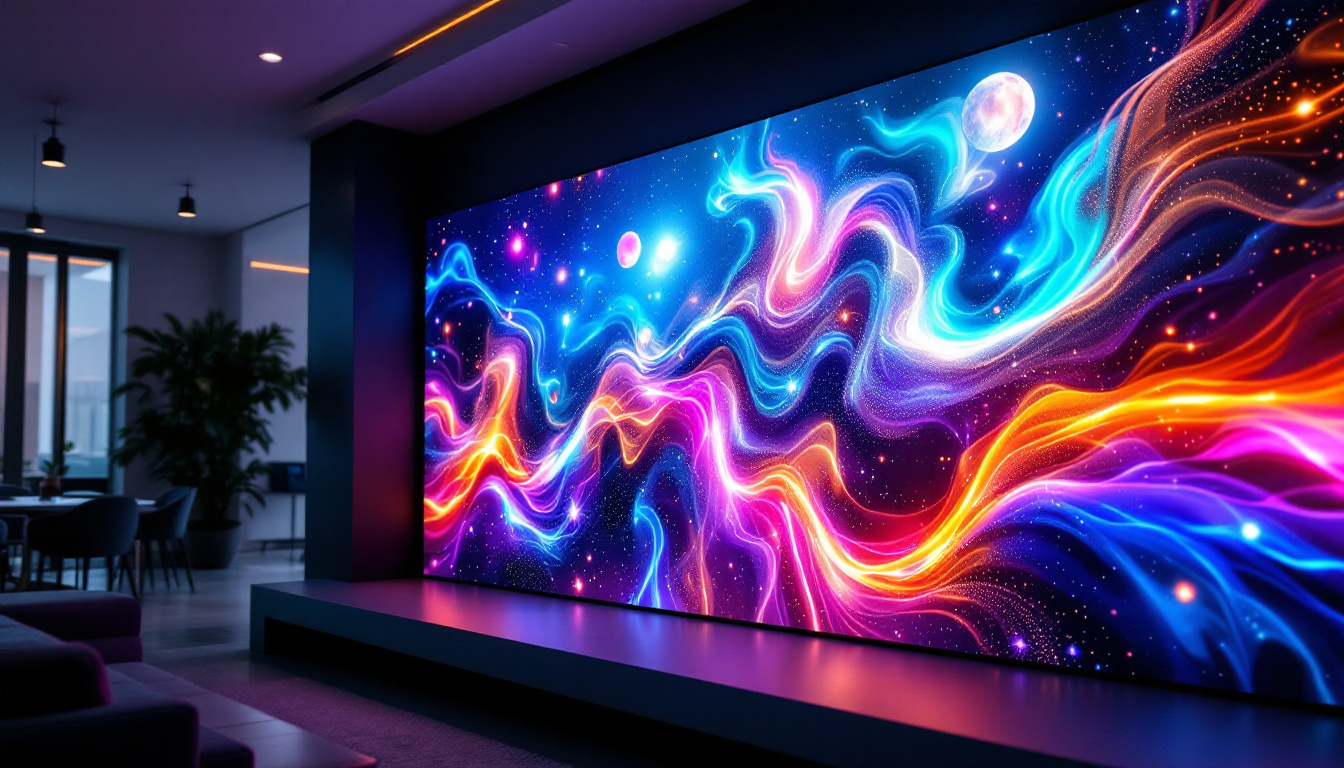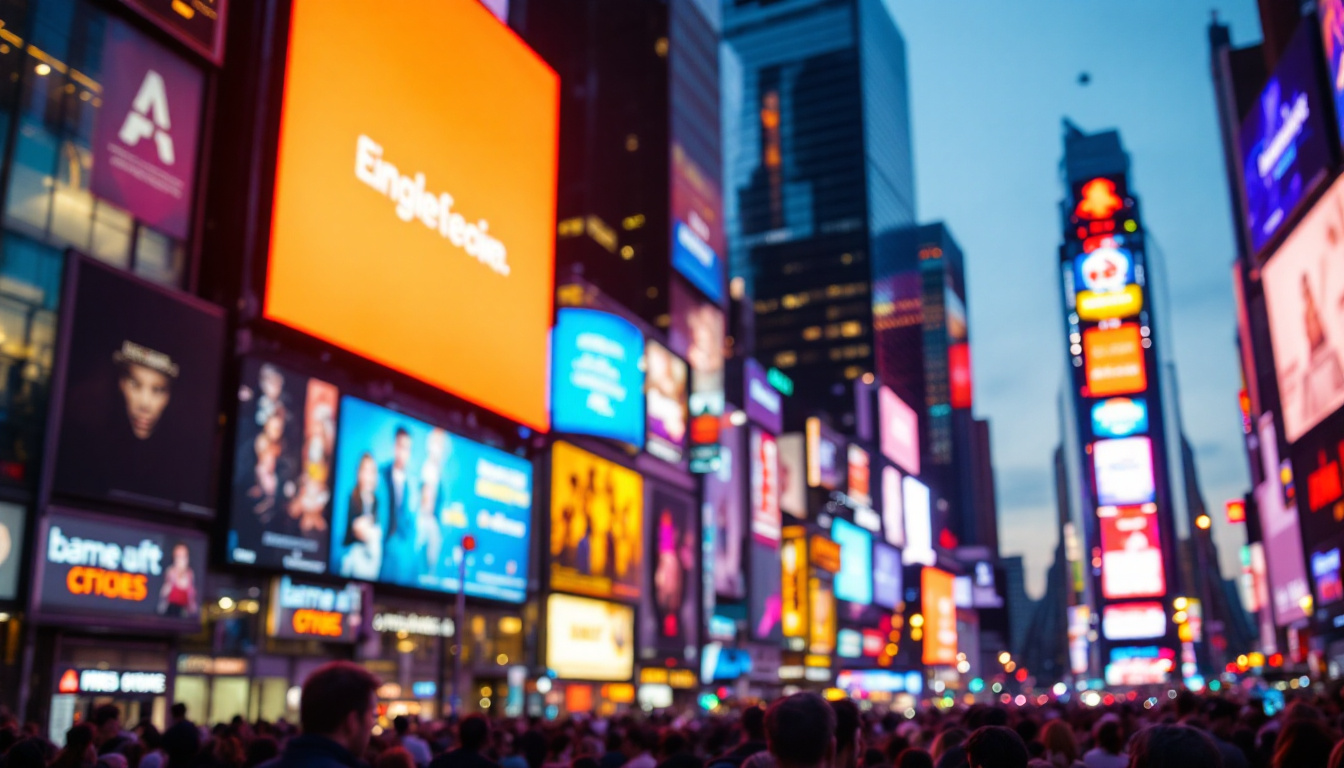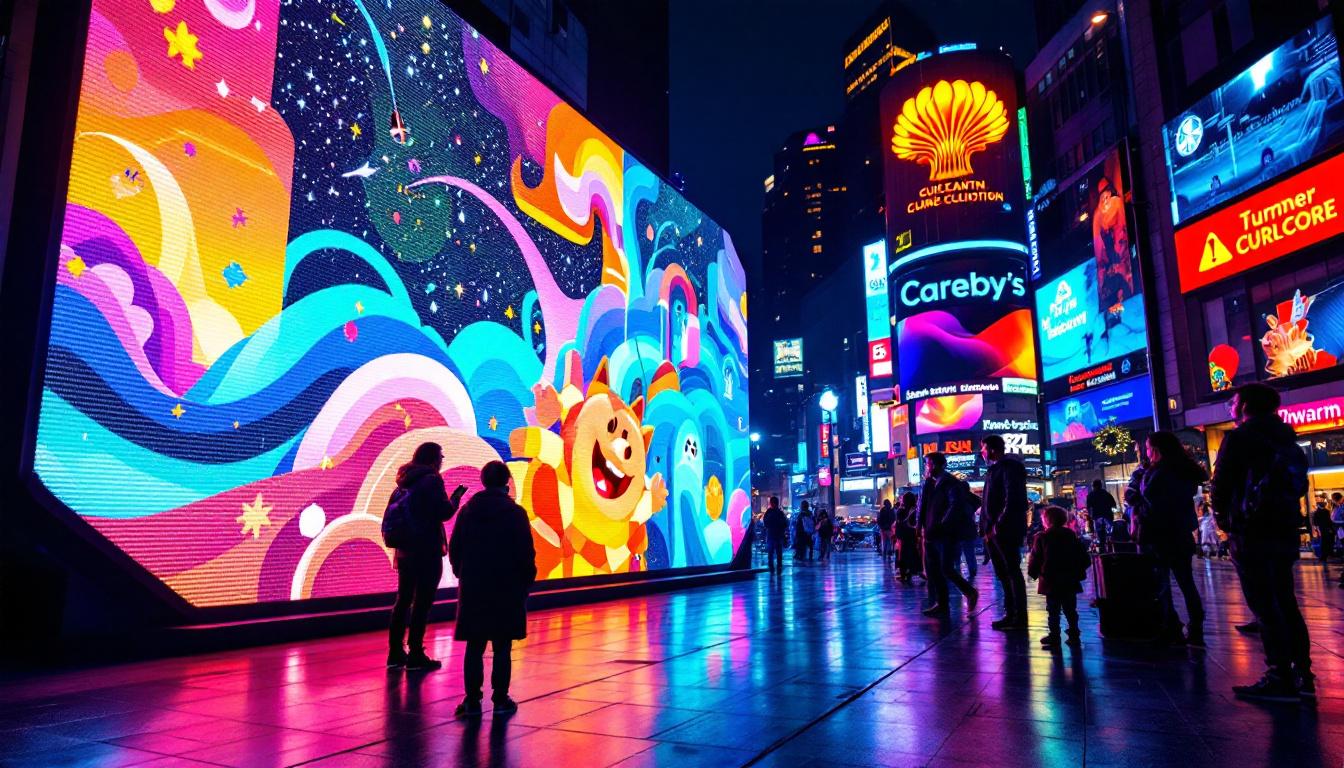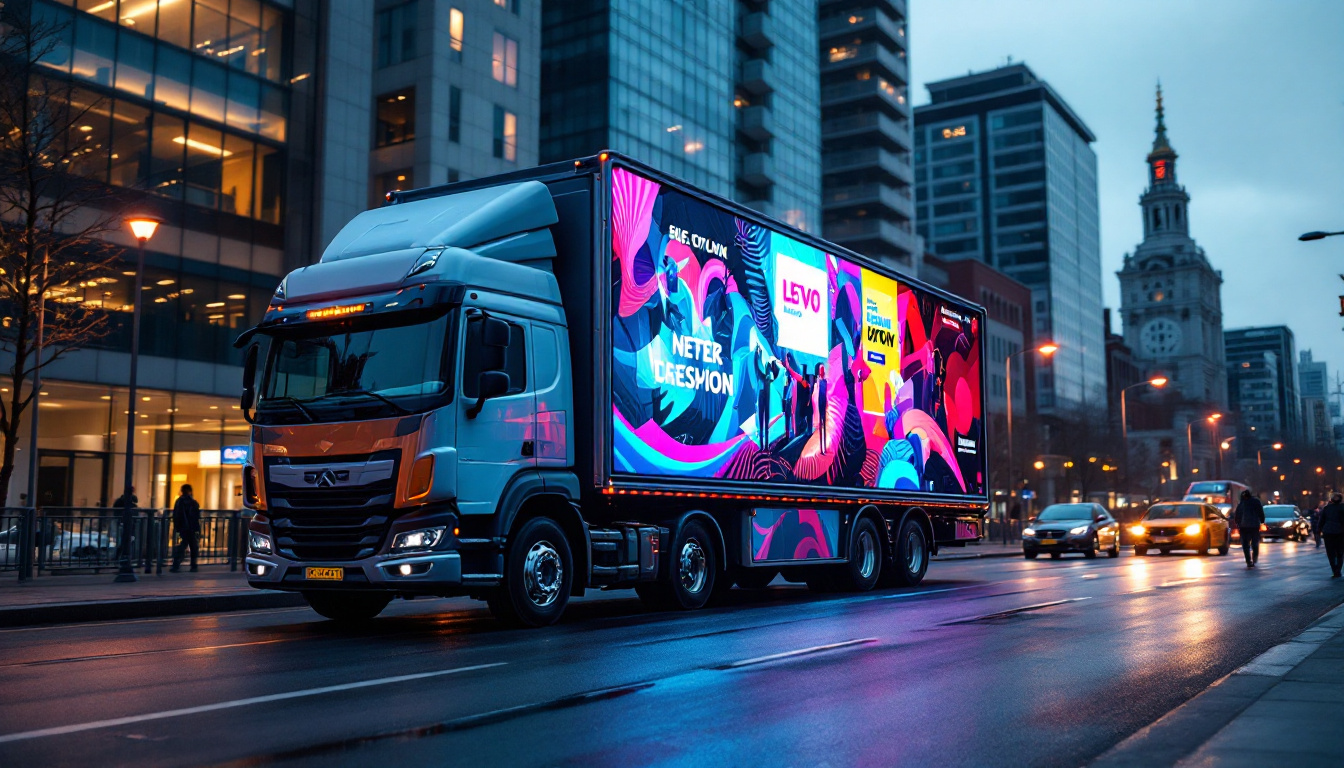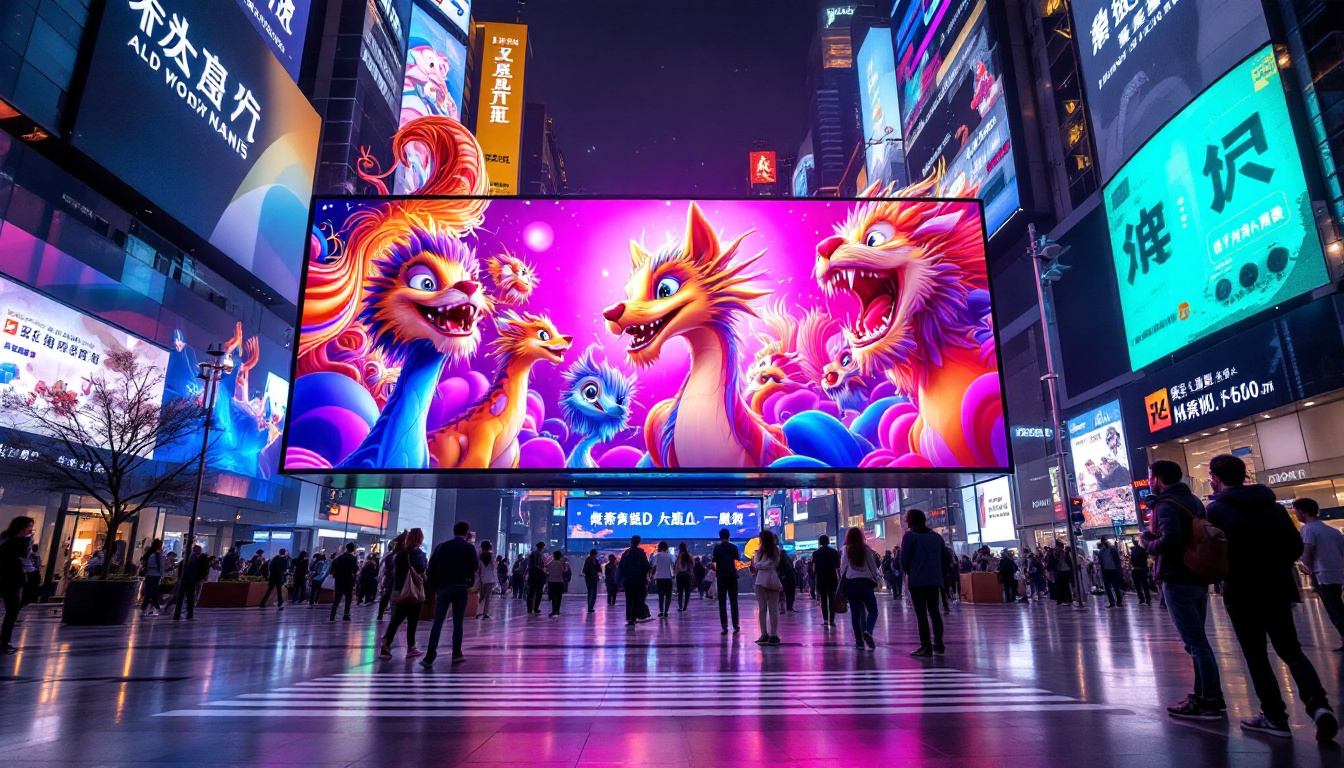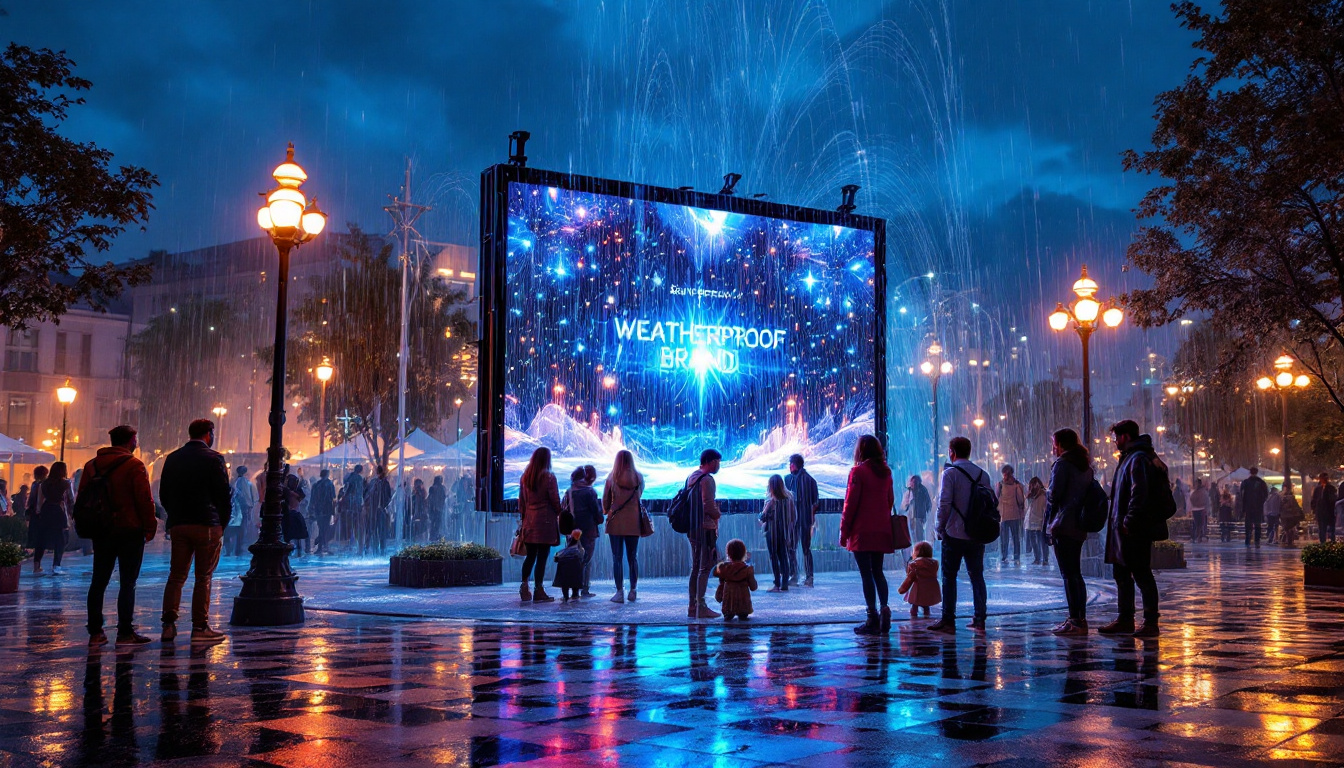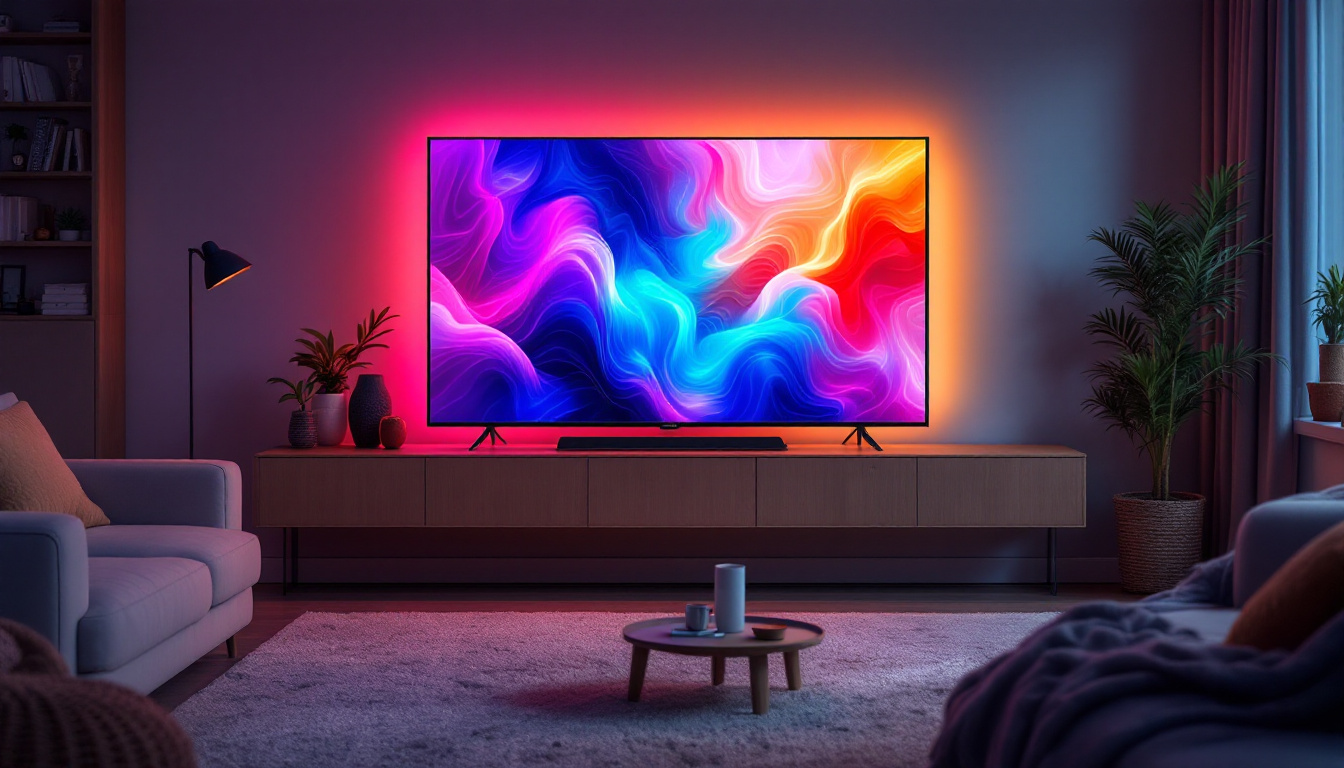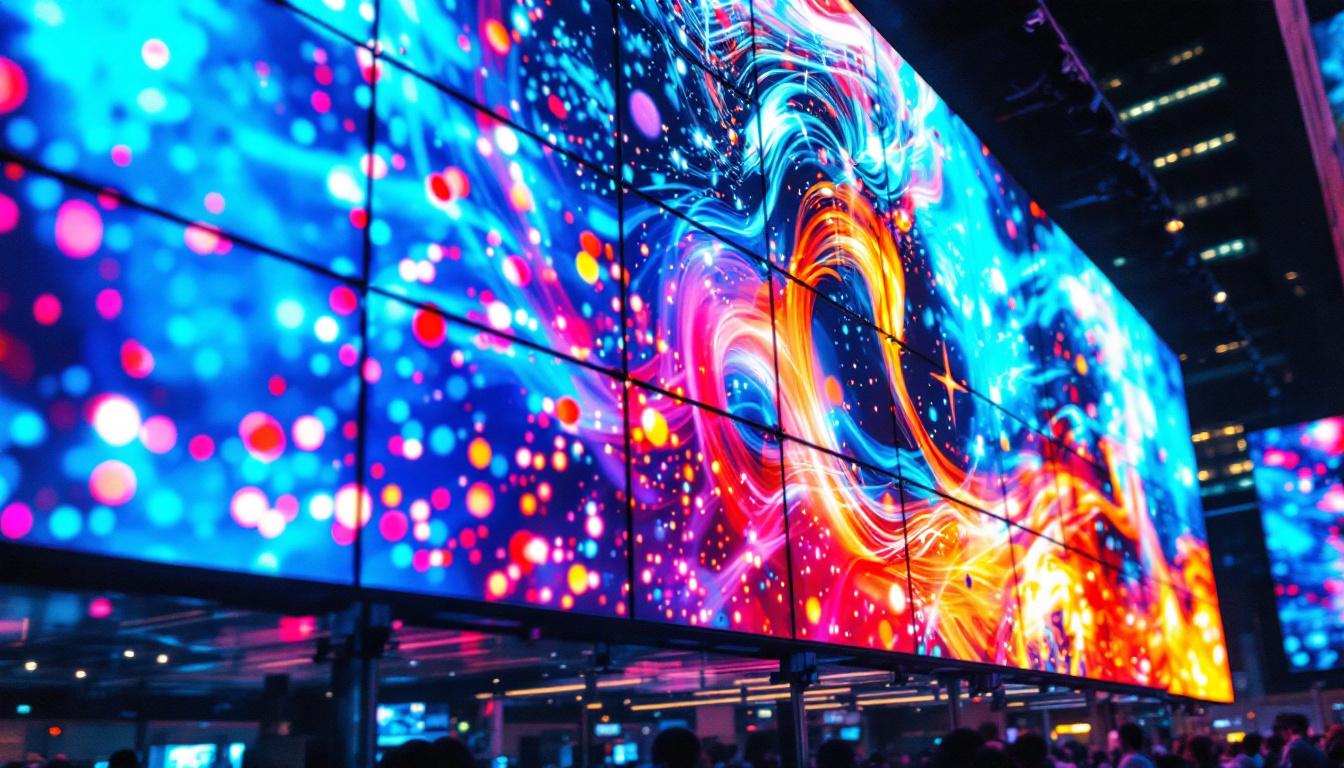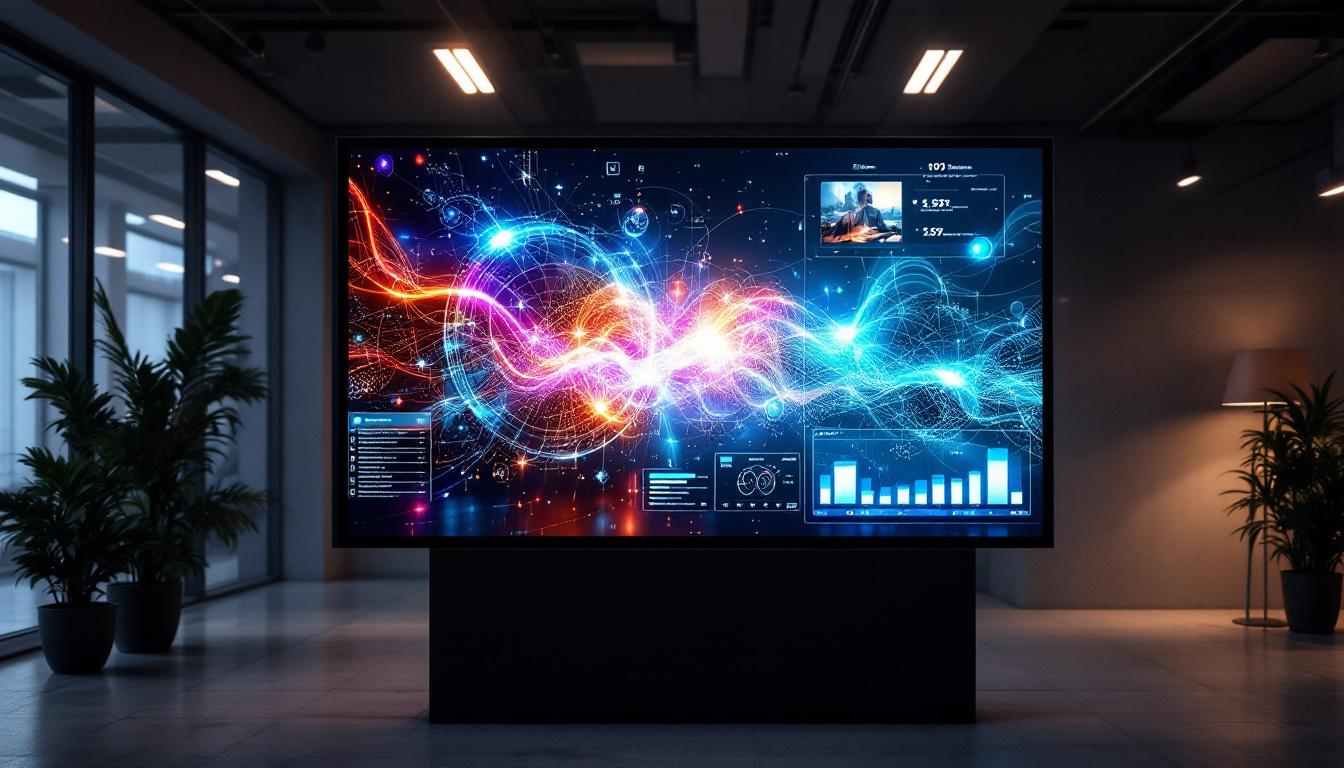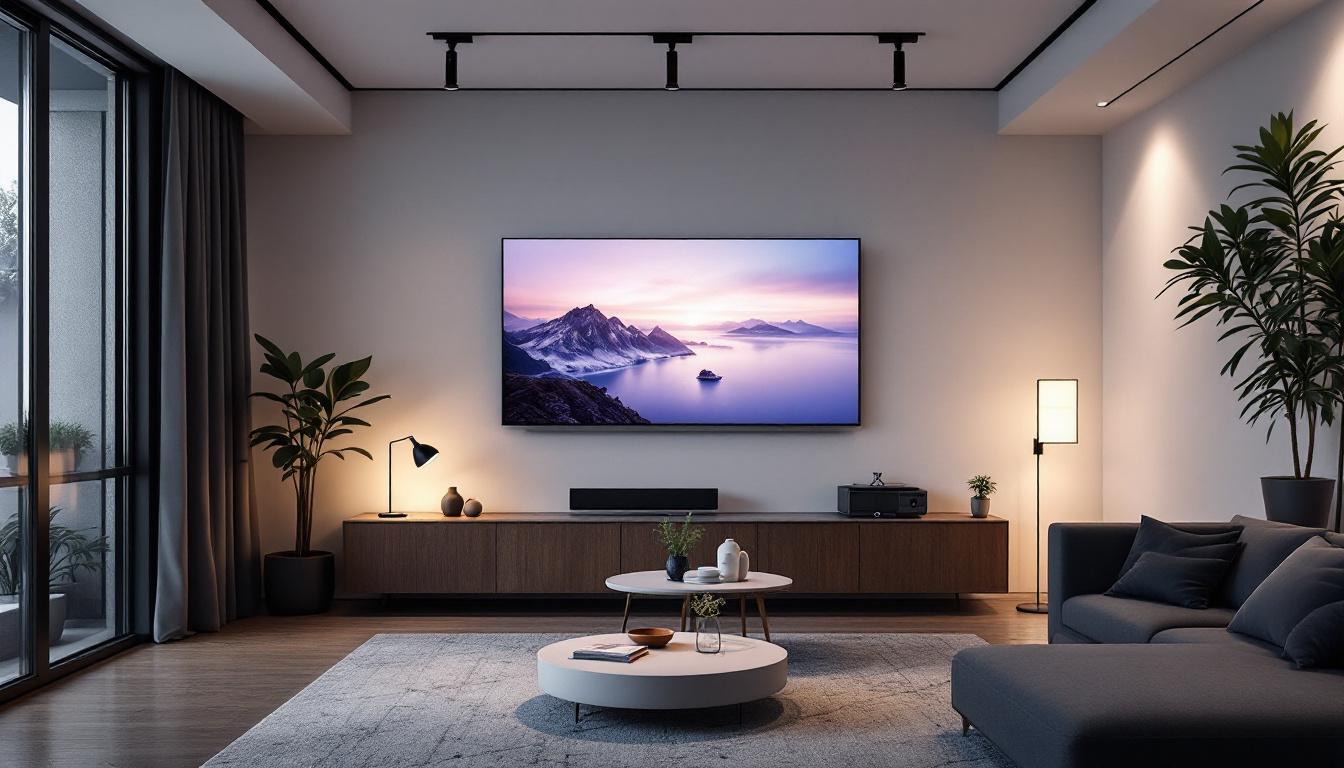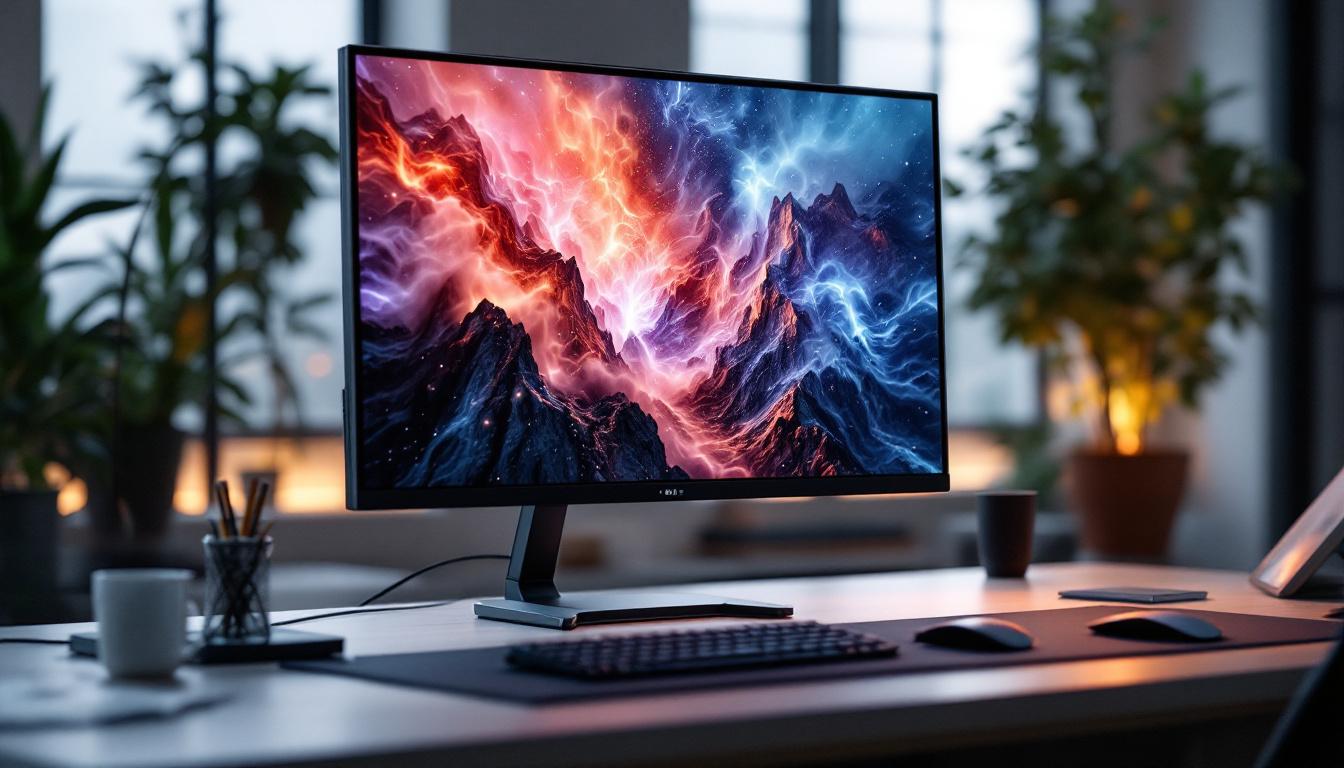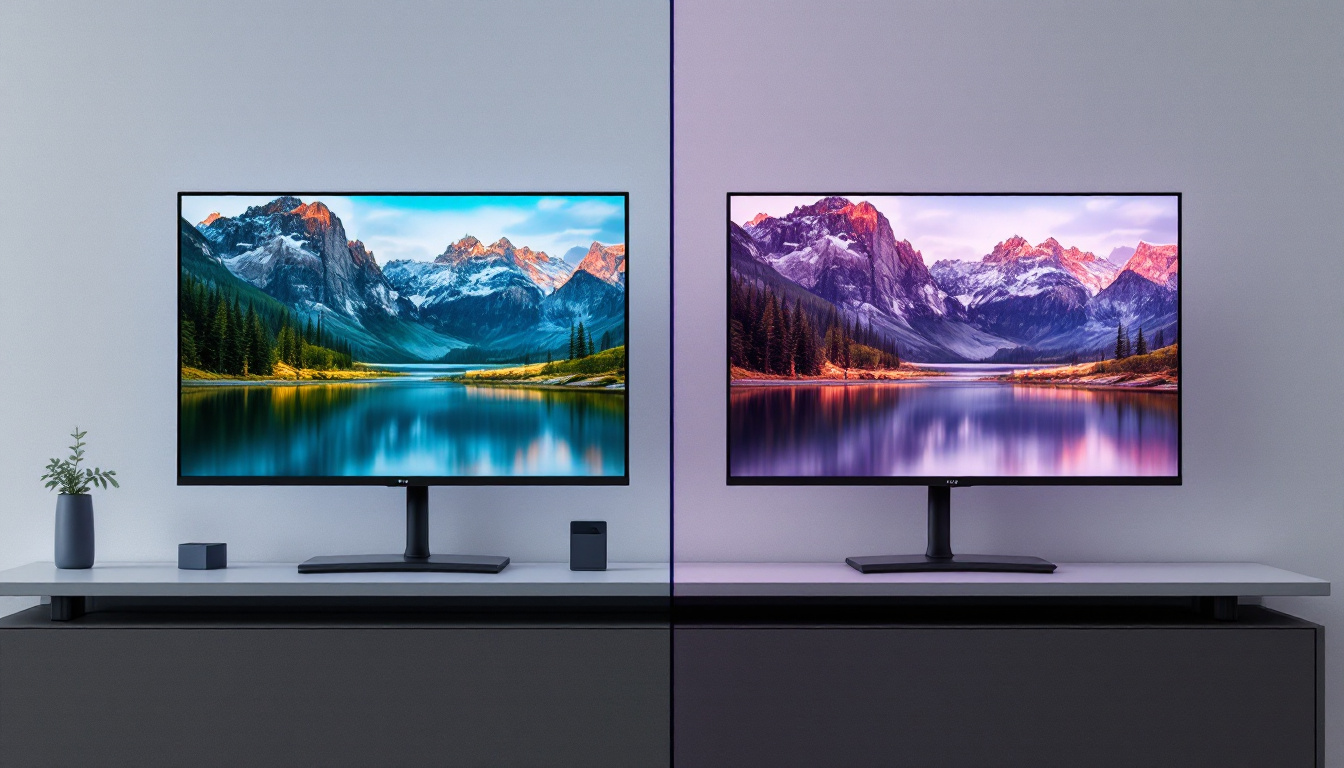Outdoor Front Projection Screen: LED Display Explained
In recent years, the demand for outdoor entertainment has surged, with families and friends seeking to enjoy movies, sports events, and presentations under the stars. One of the most effective ways to achieve this is through the use of outdoor front projection screens, particularly those equipped with LED displays. This article explores the intricacies of outdoor front projection screens, the technology behind LED displays, and their benefits and considerations for users.
Understanding Outdoor Front Projection Screens
What is an Outdoor Front Projection Screen?
An outdoor front projection screen is a specially designed surface that allows images to be projected from a distance, typically using a projector. Unlike traditional indoor screens, these outdoor versions are built to withstand the elements, ensuring durability and longevity. They come in various sizes and materials, catering to different environments and preferences.
These screens are often made from materials that enhance brightness and contrast, providing a clear and vibrant image even in ambient light conditions. Outdoor front projection screens can be fixed or portable, allowing for flexibility in setup and usage. Many models also feature a matte finish that minimizes glare, ensuring that viewers can enjoy a quality cinematic experience even as the sun sets or under the glow of nearby lights. This versatility makes them an excellent choice for backyard movie nights, outdoor events, and even public screenings.
Types of Outdoor Projection Screens
Outdoor projection screens can be classified into several types based on their installation method and material. The most common types include:
- Fixed Frame Screens: These are permanently installed and provide a taut surface for projection. They are ideal for dedicated outdoor movie setups, often featuring a sleek design that blends seamlessly with outdoor decor.
- Portable Screens: Lightweight and easy to transport, these screens can be set up and taken down quickly, making them perfect for events and gatherings. Many portable options come with carrying cases for added convenience, allowing users to take the cinematic experience on the road.
- Inflatable Screens: These screens are inflated using air and are popular for larger gatherings. They provide a large viewing area and can be easily stored when not in use. Inflatable screens often come with built-in speakers or the option to connect external audio systems, enhancing the overall viewing experience.
Key Features to Consider
When selecting an outdoor front projection screen, several features should be taken into account:
- Screen Material: The material affects the image quality, brightness, and durability. Look for materials that are weather-resistant and designed for outdoor use. Some screens even have a special coating that protects against UV rays, preventing fading and ensuring that colors remain vibrant over time.
- Gain Factor: This refers to the screen’s ability to reflect light. A higher gain factor means a brighter image, which is crucial for outdoor settings. It’s important to balance gain with viewing angle, as some high-gain screens may narrow the optimal viewing area.
- Aspect Ratio: Depending on the type of content being projected, the aspect ratio (16:9, 4:3, etc.) should match the projector’s output for optimal viewing. Additionally, some screens offer adjustable aspect ratios, allowing for greater flexibility in content presentation.
Another essential feature to consider is the screen’s resistance to wind and weather conditions. Many outdoor screens come with stakes or weights to secure them during breezy days, ensuring that your movie night goes off without a hitch. Furthermore, some models are designed with anti-crease technology, which helps maintain a smooth surface for projection, reducing the risk of distracting wrinkles or folds.
Lastly, think about the installation process and whether you prefer a DIY setup or a more permanent installation. Some screens come with easy-to-follow instructions and all necessary hardware, while others may require professional installation for optimal results. Understanding your specific needs and preferences will help you select the perfect outdoor front projection screen for your next viewing adventure.
The Technology Behind LED Displays
How LED Displays Work
LED (Light Emitting Diode) displays utilize a series of tiny diodes to produce light and create images. These diodes emit different colors when electricity passes through them, allowing for the creation of vibrant images. In outdoor settings, LED displays are particularly advantageous due to their brightness and energy efficiency.
Unlike traditional projection methods that rely on a light bulb and a lens to project images, LED displays offer a more direct and efficient way to showcase content. They can produce higher brightness levels, making them suitable for daytime use without compromising image quality. The technology behind LED displays has evolved significantly, with advancements in pixel density and color accuracy, allowing for even more stunning visuals that can captivate audiences in various settings.
Moreover, the modular nature of LED displays means they can be easily scaled to fit different sizes and formats, from large billboards to smaller screens for events. This flexibility allows for creative installations that can adapt to the specific needs of a venue or occasion, enhancing the overall viewer experience.
Advantages of LED Displays for Outdoor Use
LED displays provide several benefits when used in outdoor environments:
- High Brightness: LED technology allows for bright images that remain visible even in direct sunlight, making it ideal for outdoor events.
- Energy Efficiency: LED displays consume less power compared to traditional projection systems, reducing operational costs.
- Durability: Designed to withstand harsh weather conditions, LED displays are resistant to moisture, dust, and temperature fluctuations.
In addition to these advantages, LED displays also boast a long lifespan, often exceeding 100,000 hours of operation. This longevity means reduced replacement costs and less frequent maintenance, making them a cost-effective solution for businesses and organizations. Furthermore, the low heat emission of LED technology contributes to their reliability, as it minimizes the risk of overheating and ensures consistent performance over time.
Comparing LED Displays to Traditional Projection Systems
When considering outdoor viewing options, it’s essential to compare LED displays with traditional projection systems. While projectors can provide excellent image quality, they often struggle in bright conditions and require a darkened environment for optimal performance.
In contrast, LED displays shine in outdoor settings, offering consistent brightness and clarity. Additionally, the installation and maintenance of LED systems are generally simpler, as they do not require complex setups like projectors do. The ability to integrate LED displays with various content management systems also allows for real-time updates and dynamic content delivery, making them an attractive option for advertisers and event organizers looking to engage their audience effectively.
Another key difference lies in the viewing angles; LED displays typically offer wider viewing angles compared to projectors, ensuring that the content remains visible to a larger audience, regardless of their position relative to the screen. This feature is particularly beneficial in crowded outdoor venues where viewers may be dispersed across a wide area, enhancing the overall impact of the displayed content.
Choosing the Right Outdoor Front Projection Screen with LED Display
Assessing Your Needs
Before investing in an outdoor front projection screen with an LED display, it’s crucial to assess specific needs and preferences. Consider the primary purpose of the screen—whether for movie nights, sports events, or business presentations. This will guide decisions on size, resolution, and other features.
Additionally, think about the typical viewing environment. Will the screen be used in a backyard, at a park, or during a community event? Understanding the location will help determine the necessary brightness and durability of the screen.
Budget Considerations
Budget plays a significant role in the selection process. Outdoor front projection screens with LED displays can vary widely in price, influenced by factors such as size, resolution, and additional features. It’s essential to find a balance between quality and affordability.
Investing in a high-quality screen may require a larger upfront cost, but it can lead to better performance and longevity, ultimately providing better value over time.
Installation and Setup
Proper installation and setup are critical to achieving the best viewing experience. For fixed frame screens, professional installation may be recommended to ensure stability and optimal positioning. Portable and inflatable screens often come with user-friendly instructions, allowing for quick setup.
For LED displays, consider the mounting options and ensure that the display is securely positioned to withstand outdoor conditions. Additionally, ensure that the power supply and any necessary cables are safely managed to prevent hazards.
Maintenance and Care for Outdoor Projection Screens
Regular Cleaning and Upkeep
Maintaining an outdoor front projection screen is essential for preserving image quality and extending its lifespan. Regular cleaning helps remove dust, dirt, and debris that can accumulate over time.
Use a soft cloth and a gentle cleaning solution to wipe down the screen surface. Avoid abrasive materials that could scratch or damage the screen. For inflatable screens, ensure that they are fully dry before storing to prevent mold and mildew growth.
Protecting Against the Elements
Outdoor screens are exposed to various weather conditions, so taking precautions is vital. When not in use, consider covering the screen or storing it indoors to protect it from rain, snow, and UV rays. If the screen is permanently installed, using a weather-resistant cover can help prolong its life.
For LED displays, ensure that all connections are secure and protected from moisture. Regularly check for any signs of wear or damage, and address issues promptly to maintain optimal performance.
Conclusion
Outdoor front projection screens with LED displays offer a versatile and engaging way to enjoy visual content in outdoor settings. With their high brightness, durability, and energy efficiency, they are an excellent choice for various events, from family movie nights to large community gatherings.
When selecting an outdoor screen, it’s essential to consider factors such as size, material, and installation requirements. By understanding the technology behind LED displays and taking proper care of the equipment, users can create memorable experiences that bring people together under the open sky.
As outdoor entertainment continues to grow in popularity, investing in a quality outdoor front projection screen with an LED display can enhance the enjoyment of any event, making it a worthwhile addition to any outdoor setup.
Illuminate Your Outdoor Events with LumenMatrix
Ready to elevate your outdoor entertainment experiences? Discover the innovative world of LumenMatrix LED display solutions, where cutting-edge technology meets visual artistry. From dynamic sports displays to customizable LED screens that fit any event’s scale, LumenMatrix is committed to transforming your visual presentations into unforgettable spectacles. Don’t just host an event—make it a landmark occasion with displays that captivate and engage. Check out LumenMatrix LED Display Solutions today and bring your outdoor gatherings to life in a way only LumenMatrix can deliver.

